It’s never too late to learn! Although it may seem daunting at first, there are many books out there that can help you improve your knowledge of UX design and boost your professional skills. Whether you are a student or experienced practitioner, reading these helpful volumes deepens the understanding of what makes for a positive user experience design. More than ever, people work from home, which leaves plenty of time to catch up on some awesome reads, like these excellent UX Design Books! With this list of the 7 best UX Design Books, you can continue your UX learning and expand your skills.
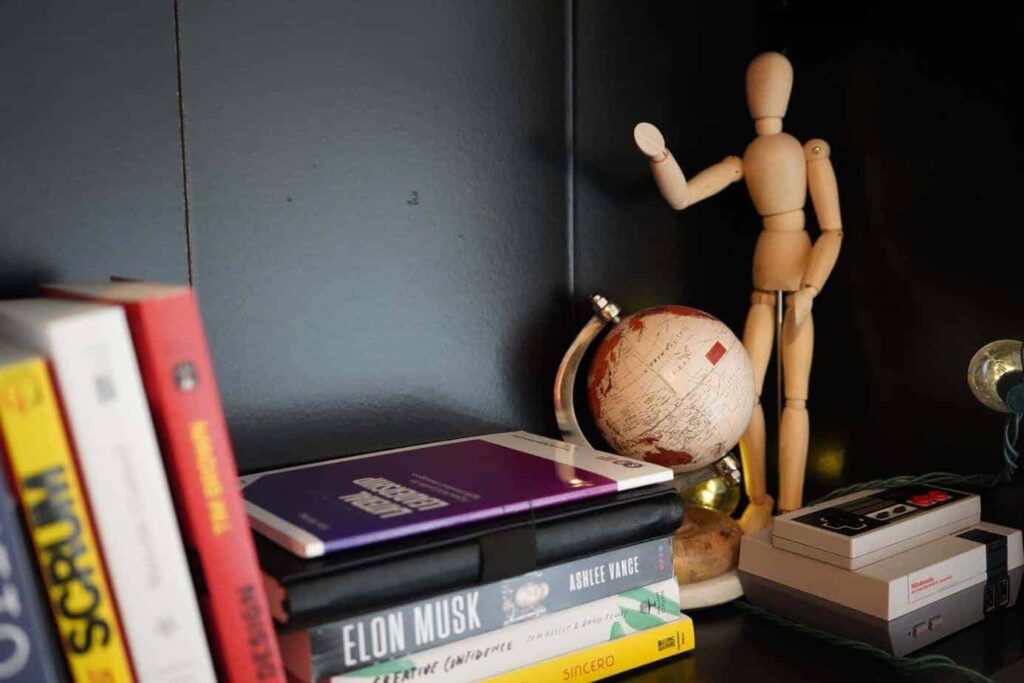
If you are looking for the best in-depth knowledge of User Experience Design, look no further than these seven brilliant books that will help bring your career to new heights. You will find everything from practical advice on designing interfaces, design systems, usability tests, tips on creating engaging content and persuasive copywriting techniques for the digital world. They are all written by experts who have worked in this field for years, so they know exactly what they are talking about when it comes to creating positive experiences online. So if you want a better understanding of how people interact with websites and apps, read one (or all) of these fantastic books on this list!
Keep reading to find the best UX book to improve your UX skills (or get you started in UX design).
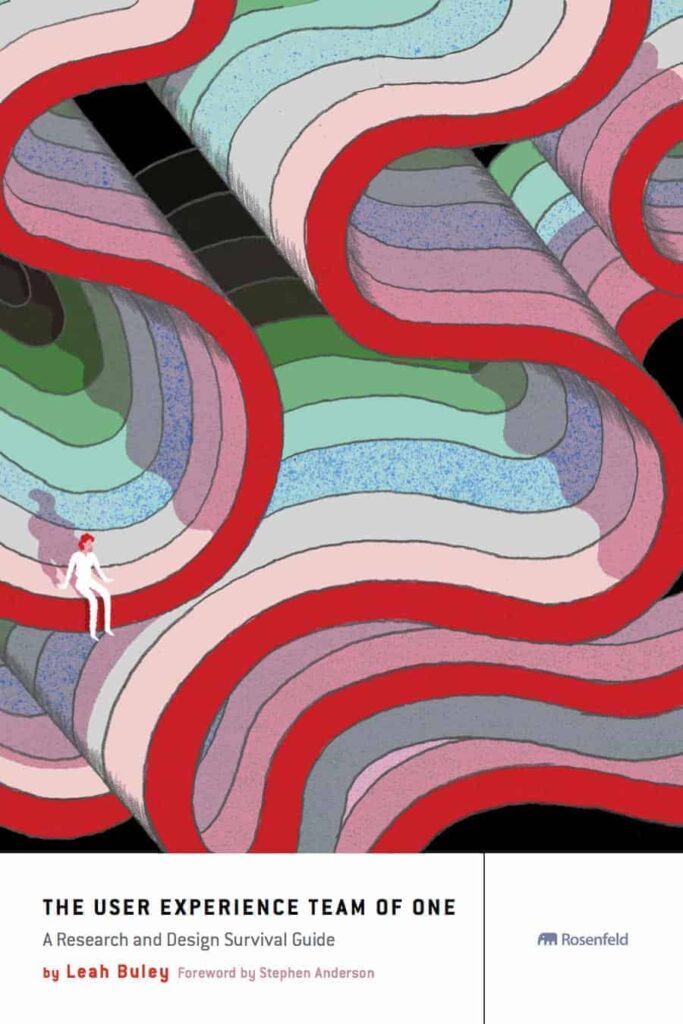
The User Experience Team of One helps you understand how to advocate for UX work and gives practical advice on how to maximize your success, even with limited resources. One of the most important aspects is to understand how much UX work can be done by only one person. This UX book will help you gain deeper understanding and skills of UX leadership.
One of the best UX books I've read about UX design is The User Experience Team of One by Leah Buhley. This UX book provides practical advice, guidelines and visual examples for UX designers working in small businesses or start-ups where they are the only designer on staff or whose sole responsibility lies with UX design.
I would highly recommend this UX Design book, because it provides an inspiring story, well-researched statistics, and a list of UX design tools that can be used for UX designers who work on their own.
Buley's writing is easy to read and compelling. It will give you a good idea of what UX is and what it takes to work in this area. This book will also be helpful for those who want to know more about how their own designs could fit into the world of UX design.
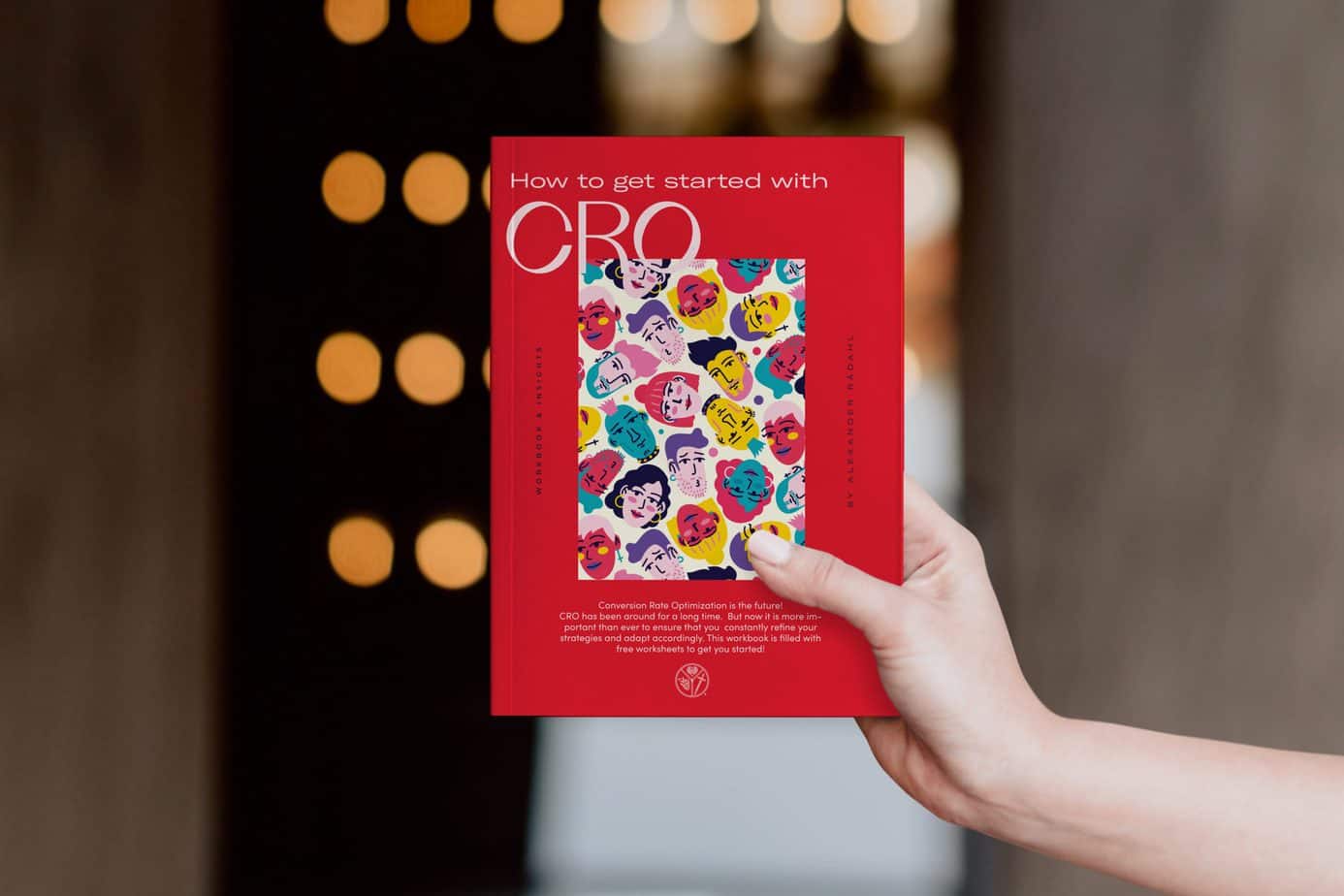
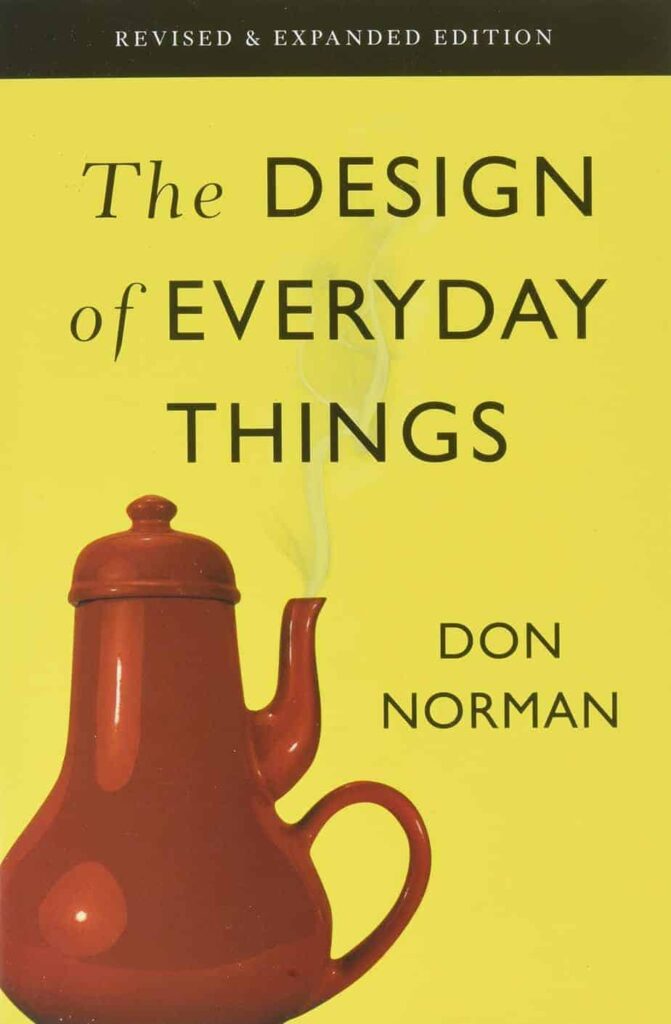
It's not easy to read only one UX book, but if you chose only one, this one would be it. UX designers at all levels will benefit from the reading of this UX classic. The Design of Everyday Things is an insightful look at the relationship between user and designer, and how this can affect our experience of the world.
UX designer Don Norman provides us with a thorough investigation of the design principles that UX designers adhere to, arguing that self-interested manufacturers have distorted them. The book emphasizes the importance of careful design and how badly designed objects can cause frustration for users and make them believe they are at fault. It is a interaction design staple with many insights relevant to UX designers today; a must-read for any UX designer.
One of the main advantages of reading this UX book is that it can teach you how to design things in a way that makes people want to use them, rather than resist their function. UX pioneer Don Norman has many insights into user-friendliness design and provides users with what they need.
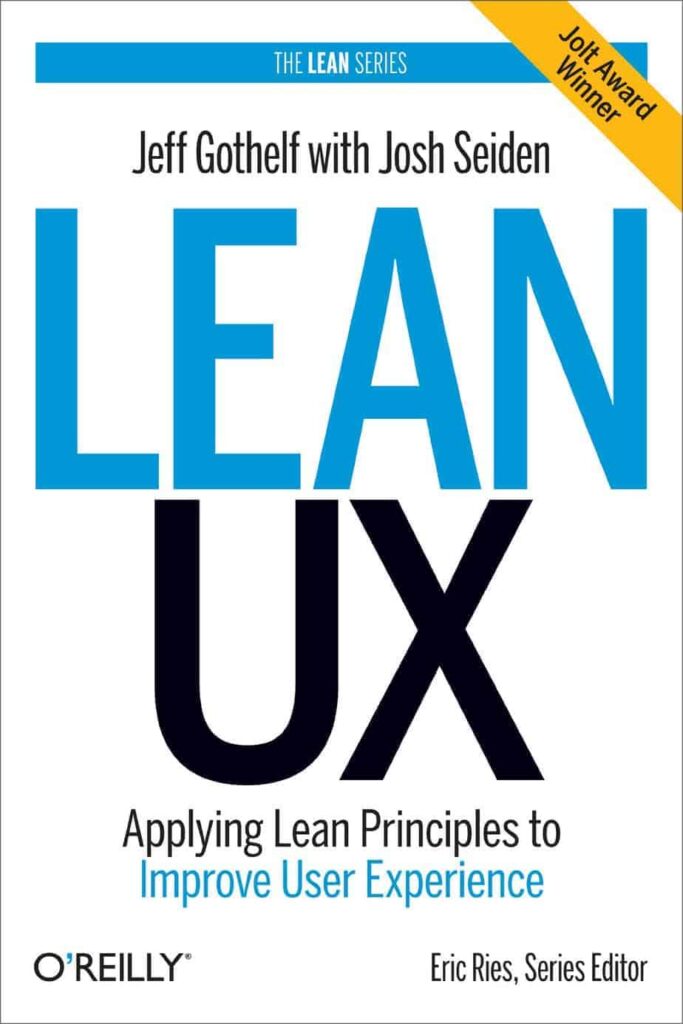
The UX field is constantly changing, and UX designers are always looking for new skills to learn. UX designers must constantly learn and be curious about the design process. UX designers in the UX field must be more agile to perfect their craft. In the book Lean UX, you will find a way to think about building user-friendly products that meet your company’s needs.
Gothelf and Seiden's Lean UX book is a wonderful resource for success in design. Readers will learn how to create minimum viable products and achieve successful results for their business. If you want to improve your design skills, this is a good start.
The book, Lean UX by Jeff Golthelf and Josh Seiden, is an effective instructional guide for all designers who want to create the best experience. One way this book can be beneficial to you is to help you learn new ways to build your product. The teachings in this book contain examples, case studies, and more information about how different companies have applied practical iteration lessons to their design process.
By working lean, you can focus on understanding the problem and brainstorming solutions with your team throughout the development process. This gives you the opportunity to share insights with your team much earlier in the process, the opportunity to create minimally viable products that show which ideas are valid, and the opportunity to integrate your customer's voice throughout the project cycle. Lean UX not only provides guidelines for conducting user studies, but can also be used to identify organizational changes in companies.
I had a chat with Adam Fard, Founder & Head Of Design of his own UX design agency. He told me that when he read this book for the first time, that's when he became aware of design for the first time.

He continues:
"Once I finally understood what was going on, I had to read it twice more before everything finally fell into place. Clearly, Jeff Gothelf wants to produce a guide for designers making the leap from standard business processes to Lean startup or agile methods. I believe he pulled it off."
Adam Fard
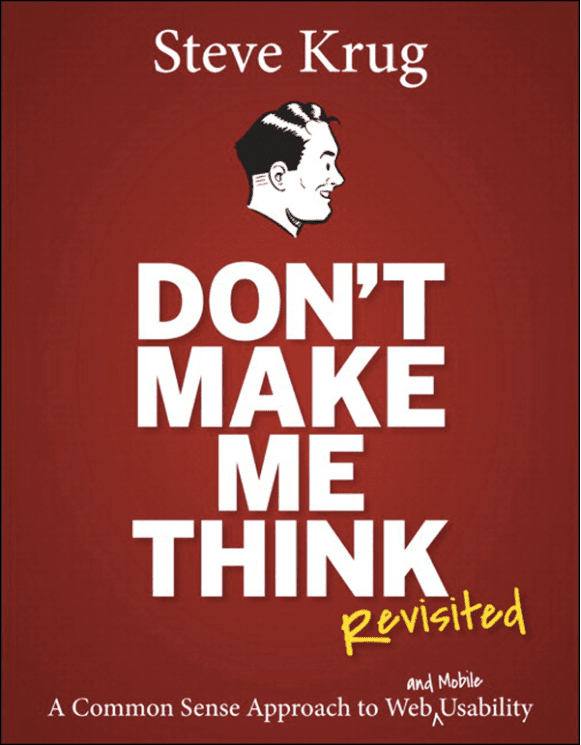
Steve Krug's "Don't Make Me Think: A Common Sense Approach to Web Usability" is a guide to how to make your website appeal without being distracted. It includes both simplified rules for designing websites and more advanced explanations of what the different design decisions involve. The book also provides practical advice on creating websites, avoiding mistakes and achieving the best results.
This book is a superb guide for beginners in the web design industry, because it is a simple, simple guide to creating websites. It is also a practical guide for intermediates, as it provides more in-depth explanations of many factors that are often not addressed in other web design guides. This book discusses tactics that can be used in designing your website, and also how to avoid certain mistakes in designing. The book also contains many case studies from Krug's own experience that illustrate the points he makes in the text.
I had the pleasure to talk to Sasha about her favorite book. She told me that she's been producing websites with a mobile-first approach ever since the first iPhone came out in 2007 and that her favorite book on UX design is SteveKrug's Don't Make Me Think.

About the book, she says:
I love the book because it promotes simplicity. It encourages design that people can understand intuitively. Don't make fancy features that cause people even a tiny bit of confusion -- don't make them think.
The book also promotes brevity. Many company websites tend to be over-written. There's too much text that bores the audience. The book suggests slashing 50% of the text on a web page. Then slash another 50% of that.
It sounds drastic, but it makes writing cleaner and more engaging. I have used this model to train other colleagues at the University of Washington, and it has helped them communicate much more clearly on the web.
Sasha
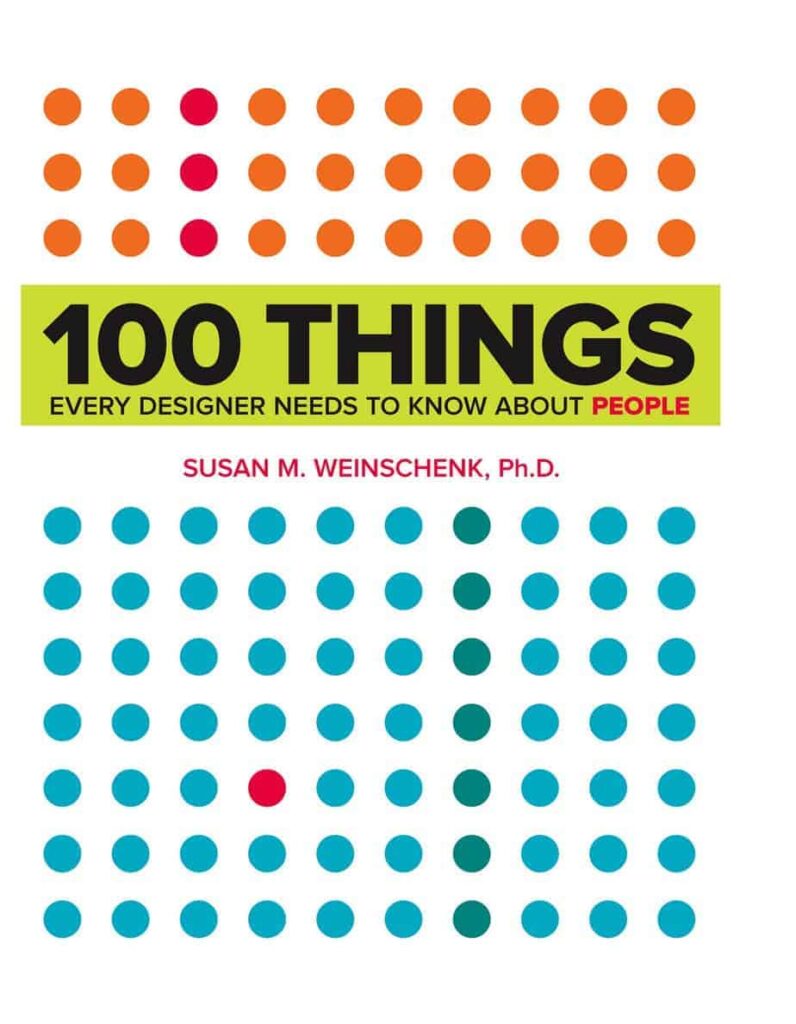
Susan Weinschenk's 100 Things Every Designer Needs to Know About People is a checklist of cognitive prejudices, emotional triggers, and decision-making shortcuts that affect our behavior on a daily basis. You will learn what people are drawn to in design, and how they react when given different interfaces or layouts. This book was created for designers, so that you can create applications that are more intuitive and user-friendly based on these results!
The author discusses the many ways in which people differ, from their need for novelty to how they react when something goes wrong. The book then explains these different needs and reactions that can affect design decisions at every level: whether a designer creates an experience or a product; whether they create physical space, content, visual interfaces.
Using the latest neuroscience research, Susan Weinschenk takes readers through her discovery journey and how she uses it to design. She teaches audiences what motivates people across industries by speaking at various conferences around the world.
This book is a must for designers because it helps them create more user-friendly interfaces. In the introduction, author Susan Weinschenk writes about how people differ, and how these differences should be taken into account when designing. Designers need to understand how their users react to certain layouts or design concepts, to ensure they create an interface that works well with the needs of all in mind! This handy guide contains many tips on what you can do if you find yourself stuck in the process of working on your project.
Susan Weinschenk's 100 Things Every Designer Needs to Know About People provide readers with a list of cognitive biases, emotional triggers, and decision-making shortcuts that affect our behavior on a daily basis. It not only provides you with tricks to deal with design challenges, but also explains how your everyday decisions are made in an easy-to-understand manner. From persuasion tactics to detection methods, author Susan packs her book full of helpful tips, so that we as designers can make smarter decisions when it comes to creating new digital experiences or improving existing ones.
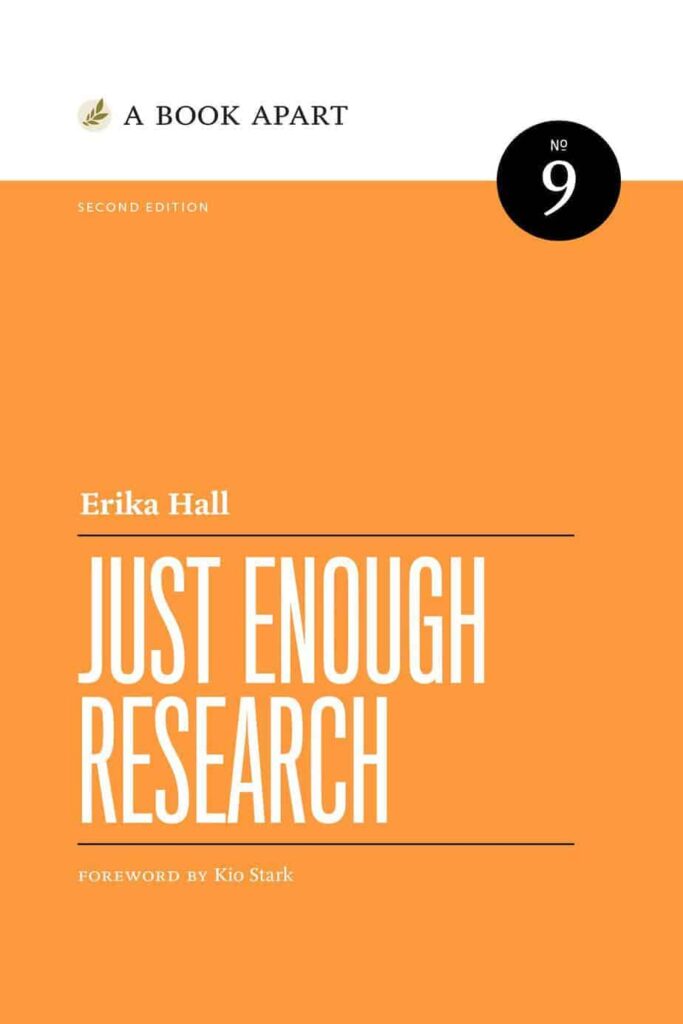
I was delighted to read "Just Enough Research" by Erika Hall. She is one of Mule Design's founders, and in this concise book she teaches you how to do basic user research. You will learn about interviewing, contextual inquiry, participatory design, ethnographic studies - all sorts of stuff!
This book is more than just an essential part of the designer's toolbox, it can be a way for those who are new to this field to learn about different methods of user research! The whole point of this book was it gave designers, whether they were beginner or not, all the information they needed to do user research (interaction design, UX research).
Erika has carefully written this practical advice with many years of experience: everything from the design of surveys and interviews, the use of feedback loops and qualitative data including observations, the understanding of immersive techniques, including video diaries - you name it!
This book is a terrific resource for any designer who wants to develop better products. The authors offer 13 different methods you can use to make your design more engaging and interactive, all of which are practical ways to bridge the gap between designers and their users. These techniques will be easy, no matter what constraints you are working with - tight budgets or time constraints will not prevent these ideas from being successful! This new edition of the book contains updated sections on observational research, mobile usability studies and diary studies. I found the section on remote research projects fascinating - it focuses on intercultural and multilingual projects.
The authors of this book, Elizabeth Goodman, Mike Kuniavsky and Andrea Moed, offer quick start guidelines for user research. In addition to providing practical advice to designers, the book also creates a bridge between designers and their users by looking at what users want and need. It is an excellent field guide for designers who may not yet be familiar with user research.

I asked my readers to send me some of their favorite books, most of which were already on the list, but Devon Fata suggested one I hadn't added: "Hooked: How to Build Habit-Forming Products by Nir Eyal"!
Devon is CEO of Pixoul, a human-centric web design company that helps customers achieve better returns through intelligent, beautiful experiences.
He tells me he really feels like this book has held up well and that it gives some very interesting perspectives on UX design.
One book that's held up really well not only as a reference for designers but as a great source of insight into design trends for non-designers is Hooked: How to Build Habit-Forming Products by Nir Eyal. The core insight here is that good UX design goes beyond making a product easy to use and into making it rewarding to use.
Devon Fata
I hope you found these 7 Best Books on UX Design to Brush Up on your Experience Design Knowledge helpful in your journey in interaction design. All these books offer something unique, whether it is teaching you how to do user research or exploring psychological forces that drive our behavior. No matter what your skill level, there's something in this post that will help you grow as an experience designer.

What other books would you recommend to designers? Let me know in the comments!
UX design books will teach you how to do user research, help you understand psychological forces that drive your behavior, and give you practical advice that will make the designer better.